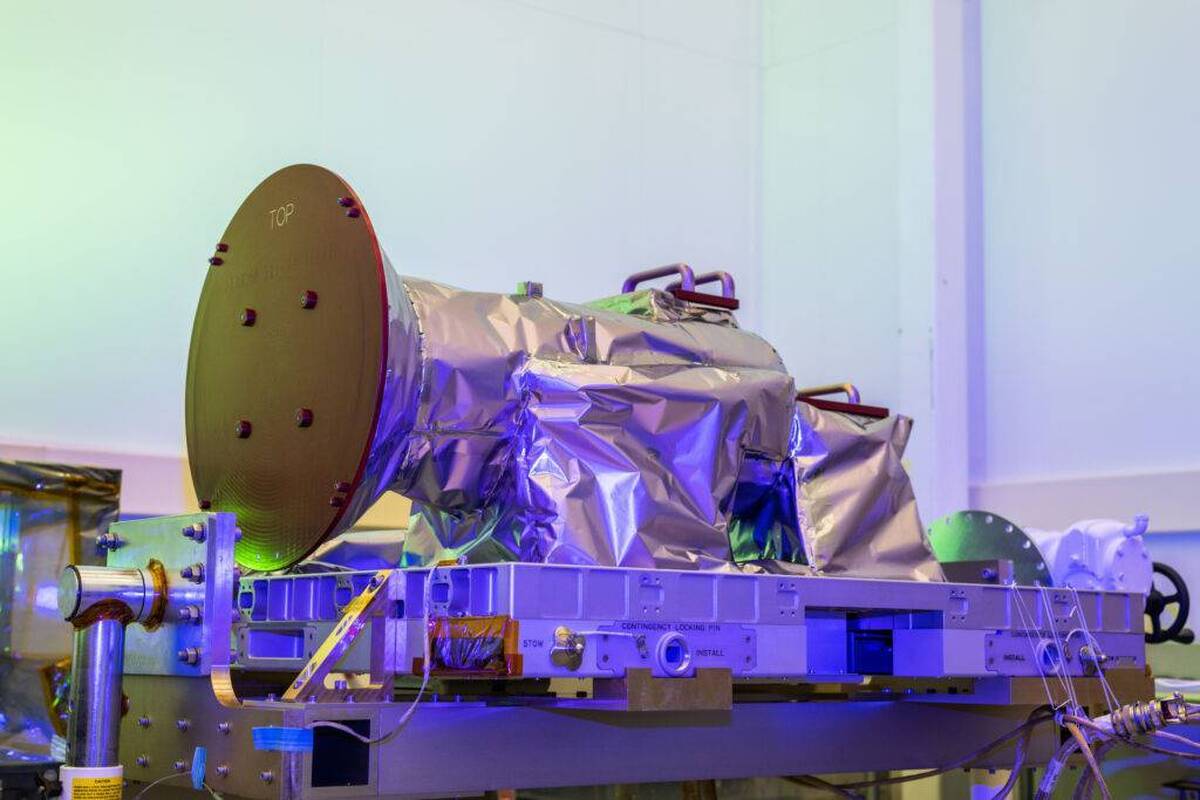NASA’s Atmospheric Waves Experiment Successfully Installed on Space Station

By remotely controlling the Canadarm2 robotic arm, engineers first extracted AWE from SpaceX’s Dragon cargo spacecraft a couple of days after it arrived at the station on November 11. Then, using the Canadarm2 robotic arm again, engineers completed AWE’s installation onto the EXPRESS Logistics Carrier 1, a platform designed to support external payloads mounted to the International Space Station, the Scitechdaily reported.
After sending initial commands to AWE, the team has confirmed that the instrument has power. All four cameras are on and data is being received by the science team. The mission is operating as expected.
AWE will enable scientists to compute the size, energy, and momentum of atmospheric gravity waves, which can be formed by weather disturbances, such as thunderstorms or hurricanes. AWE is the first NASA mission to attempt this type of science to provide insight into how terrestrial weather impacts space weather which may affect satellite communications and tracking in orbit. AWE has joined NASA’s fleet of heliophysics missions studying the heliosphere – a vast interconnected system that includes the space surrounding Earth and other planets, out to the farthest limits of the Sun’s constantly flowing stream of solar wind.
AWE is led by Ludger Scherliess at Utah State University in Logan, and it is managed by the Explorers Program Office at NASA’s Goddard Space Flight Center in Greenbelt, Maryland. Utah State University’s Space Dynamics Laboratory built the AWE instrument and provides the mission operations center.
4155/v





















